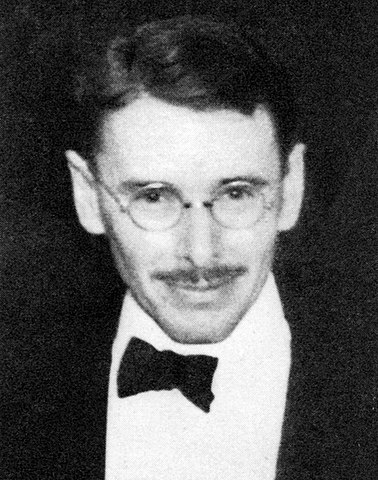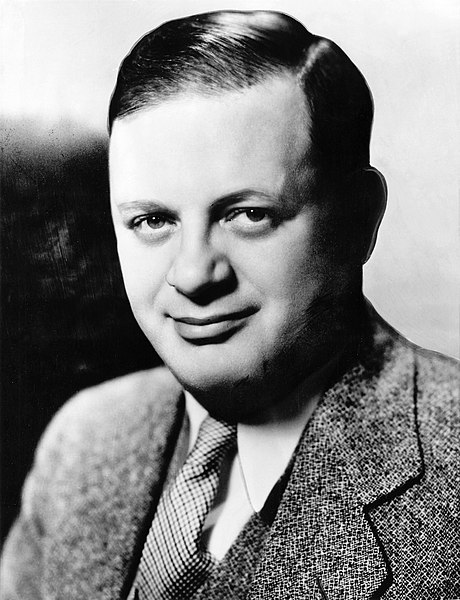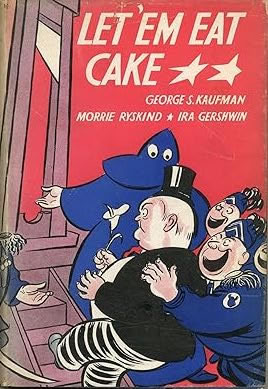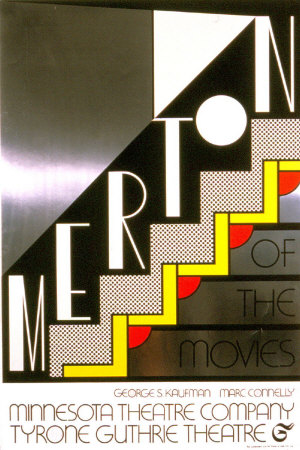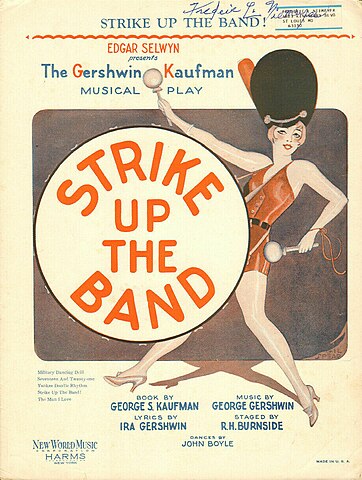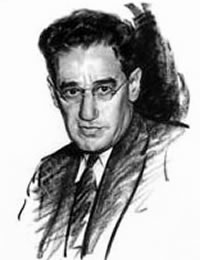Merrily We Roll Along
(1934)
By George S. Kaufman and Moss Hart
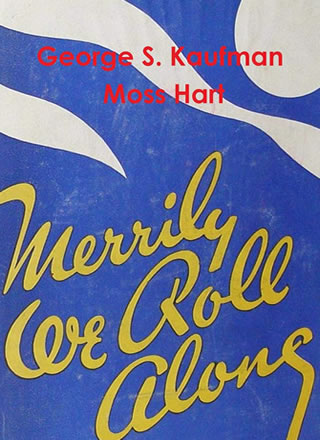
Cast size: The original production has nine scenes and a cast of 91: a huge show, but open to doubling and creative casting.
An epic story of three friends, their artistic ambitions, the price of fame, and the changes in American society from World War I to the Depression—all told in a reverse chronological structure. The play was also turned into a cult favorite musical with the same title by Stephen Sondheim and George Furth in 1981, which, in its current revival, has become one of the biggest hits of the 2023-24 season.
For performance rights to the play, contact: Concord Theatricals
For performance rights to the musical, contact: MTI Shows

Table of Contents
The Plot
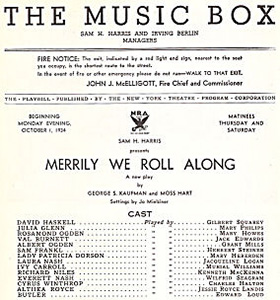 A story of three friends, their artistic ambitions, the price of fame, and the changes in American society from World War I to the Depression—all told in a reverse chronological structure.
A story of three friends, their artistic ambitions, the price of fame, and the changes in American society from World War I to the Depression—all told in a reverse chronological structure.
The plot concerns Richard Niles, who is revealed on the opening night of his latest play to be a pretentious playwright of successful but forgettable light comedies. As the play moves backwards from 1934 to 1916, we see how Niles drove his novelist friend Julia Glenn to drink; how he alienated his best friend, painter Jonathan Crale; and how he hitched his star to — and eventually betrayed — his wife, glamorous actress Althea Royce, all for the material comforts of success. The last scene finds Niles at his college graduation, quoting with all the fervor of idealistic youth the words of Polonius:
“This above all, to thine own self be true”.
The play ends with the celebration of the armistice and high hopes from the young trio for their friendship, their careers, and their values—almost all of which we have already seen destroyed during the course of the play.
About the Play
 It was Hart’s notion to tell the story of the entertainment and art world from World War I to the Depression by creating a tale of three friends and telling it backwards. Besides being a fabulous time capsule of the period, the play features a thinly-velied portrait of the authors’ colleague Dorothy Parker as Julia Glenn, the central female character. (A supporting character based on George Gershwin is also depicted.) The play was also turned into a cult favorite musical by the same title by Stephen Sondheim and George Furth in 1981, which, although it had only a brief tenure on Broadway (it opened on November 16th—Kaufman’s birthday—and ran two weeks) has been frequently and successfully revived Off-Broadway and in London and Washington, DC. Still, the original packs a tremendous punch—and is Kaufman and Hart’s most ambitious play.
It was Hart’s notion to tell the story of the entertainment and art world from World War I to the Depression by creating a tale of three friends and telling it backwards. Besides being a fabulous time capsule of the period, the play features a thinly-velied portrait of the authors’ colleague Dorothy Parker as Julia Glenn, the central female character. (A supporting character based on George Gershwin is also depicted.) The play was also turned into a cult favorite musical by the same title by Stephen Sondheim and George Furth in 1981, which, although it had only a brief tenure on Broadway (it opened on November 16th—Kaufman’s birthday—and ran two weeks) has been frequently and successfully revived Off-Broadway and in London and Washington, DC. Still, the original packs a tremendous punch—and is Kaufman and Hart’s most ambitious play.
Stage history
The play opened at the Music Box Theater on September 29, 1934; it was largest non-musical play to run there (155 performances). With its nine separate scenes and cast of 91 actors, it was impractical to tour the play, either before or after its Broadway opening. A film sale to MGM did not yield a screen version.
Other Plays in the Catalogue
A psychological portrait of an inequitable marriage, this collaboration between Kaufman and his second wife, actress Leueen MacGrath is the story of a well-heeled Park Avenue publisher and his meek wife, who lives in the shadow of his success.
By Edna Ferber and George S. Kaufman. Cast size: 11 men, 22 women—not much doubling possible. Stage Door opened on October 22, 1936 at the Music Box Theatre and ran 169 performances.
Strike Up the Band opened on January 14, 1930 at the Times Square Theater and ran 191 performances. In 1990, the 1927 book was restored, in collaboration with a Nonesuch/Roxbury recording of all the variants of both versions. The 1927 version was staged by ENCORES! at City Center in 2000 and that version is available for performance.
Table of Contents
Contact Us Today
Interested in bringing George S. Kaufman’s timeless plays to your stage?
Please refer to the contact information for each specific play on the various collection pages for direct amateur and professional licensing information.
Plays are represented by Concord Theatricals, Broadway Dramatic Licensing, and Music Theatre International respectively
If you are interested in first-class performance or film/television rights:
In the US, George S. Kaufman’s plays are represented by:
CPK Artists, LLC
In the UK, George S. Kaufman’s plays are represented by:
Alan Brodie Representation
For more information about George S. Kaufman or this website, contact:
Laurence Maslon
Literary Trustee, George S. Kaufman Estate

